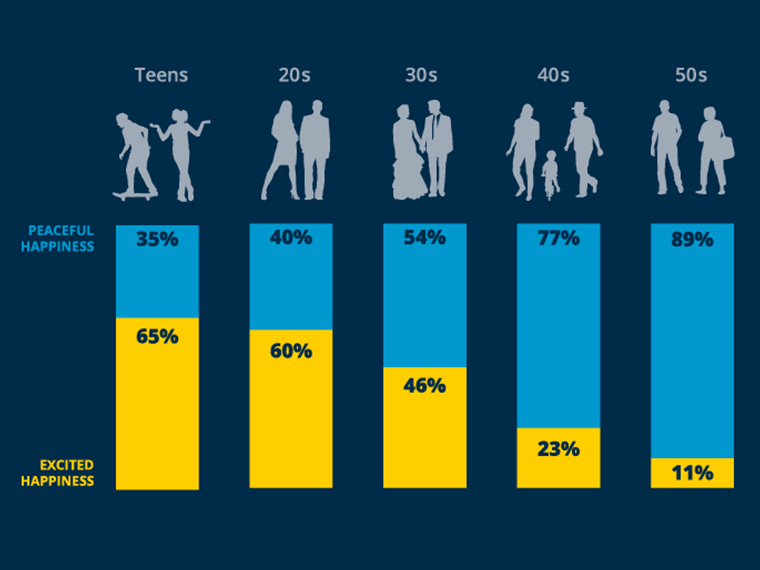Other safety measures are easier to implement, but research suggests how female driver pool could be increased
Should ride-hailing services like Uber and Lyft give women the option to request a female driver?
The idea has gained traction in the last few years amid reports of sexual assault and harassment against women riders and drivers. The option is available at a handful of ride-sharing startups expressly aimed at women, including Safr in the U.S., SheCabs in India and She’Kab in Pakistan. A MoveOn petition calling on Lyft and Uber to give women the choice has collected more than 14,000 signatures.
The idea raises obvious legal issues. Even if it isn’t discriminatory (after all, there’s nothing unconstitutional about requesting a woman doctor), there are other hurdles, including a shortage of women drivers. It’s an open question whether such a service could attract more women, riders and drivers and still be profitable.
Opt In to the Review Monthly Email Update.
A working paper by Pengfei Guo of Hong Kong Polytechnic, UCLA Anderson’s Christopher Tang and Hong Kong Polytechnic’s Yanli Tang and Yulan Wang considers these operational challenges. Their findings suggest that while a women-only ride-sharing service might make sense when safety fears are high, it’s generally more practical to adopt other methods — tougher background checks for drivers, in-app “panic buttons” to call for help and in-trip audio recording — to make women feel more secure.
“If a platform can take corrective measures to address females’ safety concerns completely, there is no need for the platform to migrate towards a gender-specific dedicated system,” the authors write.
While ride-hailing services are generally seen as safer than some other forms of public transportation, incidents of assault and harassment against women get wide attention. CNN in April 2018 counted 121 cases in which Uber drivers and Lyft drivers in the U.S. were accused of sexually assaulting or abusing women passengers in the last four years. A California class action lawsuit alleges that women Uber riders are placed at risk because of an inadequate system of background checks. In response to safety concerns, Uber has said it will rerun background checks annually and has instituted a system to monitor drivers’ criminal records for any new charges. Lyft says its system of providing ratings for both riders and drivers is central to its safety efforts.
Surveys suggest that security fears can inhibit women’s use of ride-sharing. One study of services in six countries (not the U.S.) found that 17 percent of women riders said they don’t use Uber more often because of a lack of women drivers, and 40 percent said they would prefer calling a woman driver if they traveled alone or at night. And more than a quarter of women drivers said they didn’t drive more often because of safety concerns.
Efforts to address these fears with women-only ride-sharing have met limited success. Boston-based Chariot for Women and Irvine, California-based See Jane Go launched in 2016, but they have since ceased operation. Boston-based Safr, whose goal is to “provide safe transportation and job opportunities for women,” operates in Boston and Orlando, Florida, and plans to begin service in January 2019 in San Francisco and Washington, D.C. While the company gives women the opportunity to choose a female driver, it also hires male drivers and serves male passengers. The company says that 95 percent of its roughly 10,000 drivers are women.
The researchers sought to understand how safety concerns affect demand for gender-based ride-sharing services and whether such services could be run profitably. Using a game theory model, the authors compared a gender-neutral “pooling” system that matches drivers and riders on a first-available basis with a “dedicated” one that pairs women passengers with female drivers and males with males.
The biggest hurdle to a gender-specific system is the low number of women drivers, which means riders would have to wait longer for a pick-up than if they took the first available ride. A gender-based system would have to pay higher wages to recruit more women drivers, the model suggests. In addition, it would have to charge women lower fares as compensation for longer wait times. Still, the model indicates, such a service could be profitable by increasing the pool of women customers.
But there are complications. A gender-based system couldn’t remain profitable if it paid male drivers the same higher wage, and it probably would be illegal to pay them less in the U.S. The paper suggests companies could get around this difficulty by operating under two separate legal entities.
All these difficulties suggest companies might consider women-only ride hailing only as a last resort, when safety concerns can’t be addressed in other ways. The authors give the example of Chinese ride-hailing service Didi Chuxing, which operates different levels of service: Didi Premier, Didi Express and Didi Hitch. (Didi suspended its Hitch car pool service in 2018 after two women passengers were murdered by their drivers.) Didi Premier, the authors say, has a higher level of background checks and driver training. A women-only option could work for Hitch, while Premier could successfully remain gender neutral.
Featured Faculty
-
Christopher Tang
UCLA Distinguished Professor; Edward W. Carter Chair in Business Administration; Senior Associate Dean, Global Initiatives; Faculty Director, Center for Global Management
About the Research
Guo, P., Tang, C., Tang, Y., & Wang, Y. (2018). Gender-based operational issues arising from on-demand ride-hailing platforms: Safety concerns, service systems, and pricing and wage policy.





